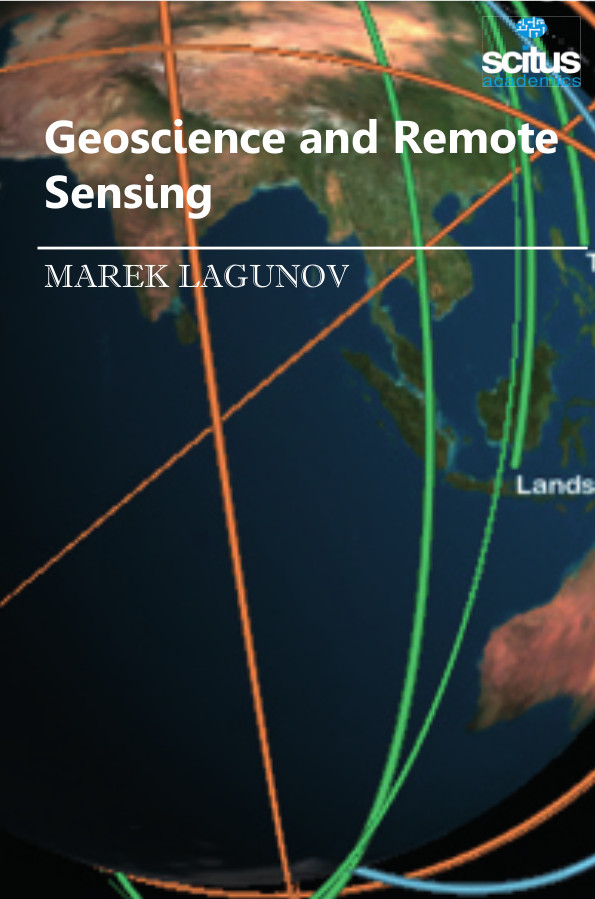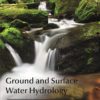Remote sensing refers to the activities of recording/observing/perceiving (sensing) objects or events at far away (remote) places. In remote sensing, the sensors are not in direct contact with the objects or events being observed. The information needs a physical carrier to travel from the objects/events to the sensors through an intervening medium. The electromagnetic radiation is normally used as an information carrier in remote sensing. The output of a remote sensing system is usually an image representing the scene being observed. A further step of image analysis and interpretation is required in order to extract useful information from the image. The human visual system is an example of a remote sensing system in this general sense. Geoscience addresses critical issues such as energy, meteorology, water and mineral resources, stewardship of the environment, oceanography, reducing natural hazards for society, planetary science and more. It can be considered to be a branch of planetary science, but with a much older history. There are both reductionist and holistic approaches to Earth sciences. Therefore, the geoscience comprehends earth, atmospheric, oceanography, pedology, petrology, mineralogy, hydrology and geology. This book, Geoscience and Remote Sensing, deals with latest and futuristic developments in remote sensing novel theory and applications. This book shall give readers a good insight frontier works in remote sensing information processing. It should be of immense valuable tool for students, professors and researchers.













